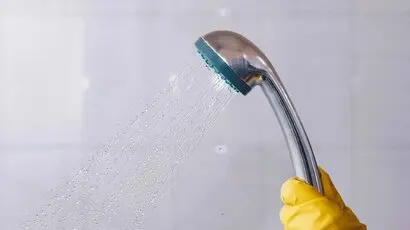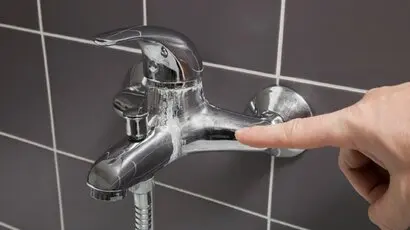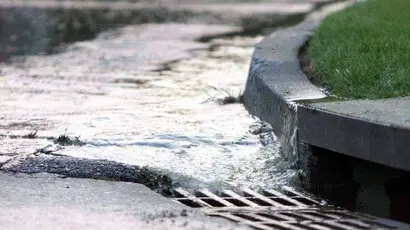How To Remove Mould From Your Shower
Are you worried about how to remove mould from your shower area? Look no further as are guide details the causes, treatments and prevention of mould growth in your bathroom.
Mould growth is widespread around the bathroom corners and in the shower area, and it can cause health issues in the long run.
These areas, being moist and warm, are ideal for mould to thrive. But with the right techniques, you can get rid of the existing mould and stop it from coming back.
Remember that they look gross, but they can also make you sick. Mould spores, for instance, are carried through the air and can cause health problems, including wheezing, eye or skin irritation and cold-like symptoms. Hence, removing them as soon as you see new growth is crucial.
While there are commercial cleaners available, we suggest giving these home remedies a shot first. They’re cost-effective, and you probably already have everything you need at home. It might take a bit of trial and error to find what works best, but it’s worth it.
We have listed four methods in this section, none of which will burn a hole in your pocket. Read on to know all about them.
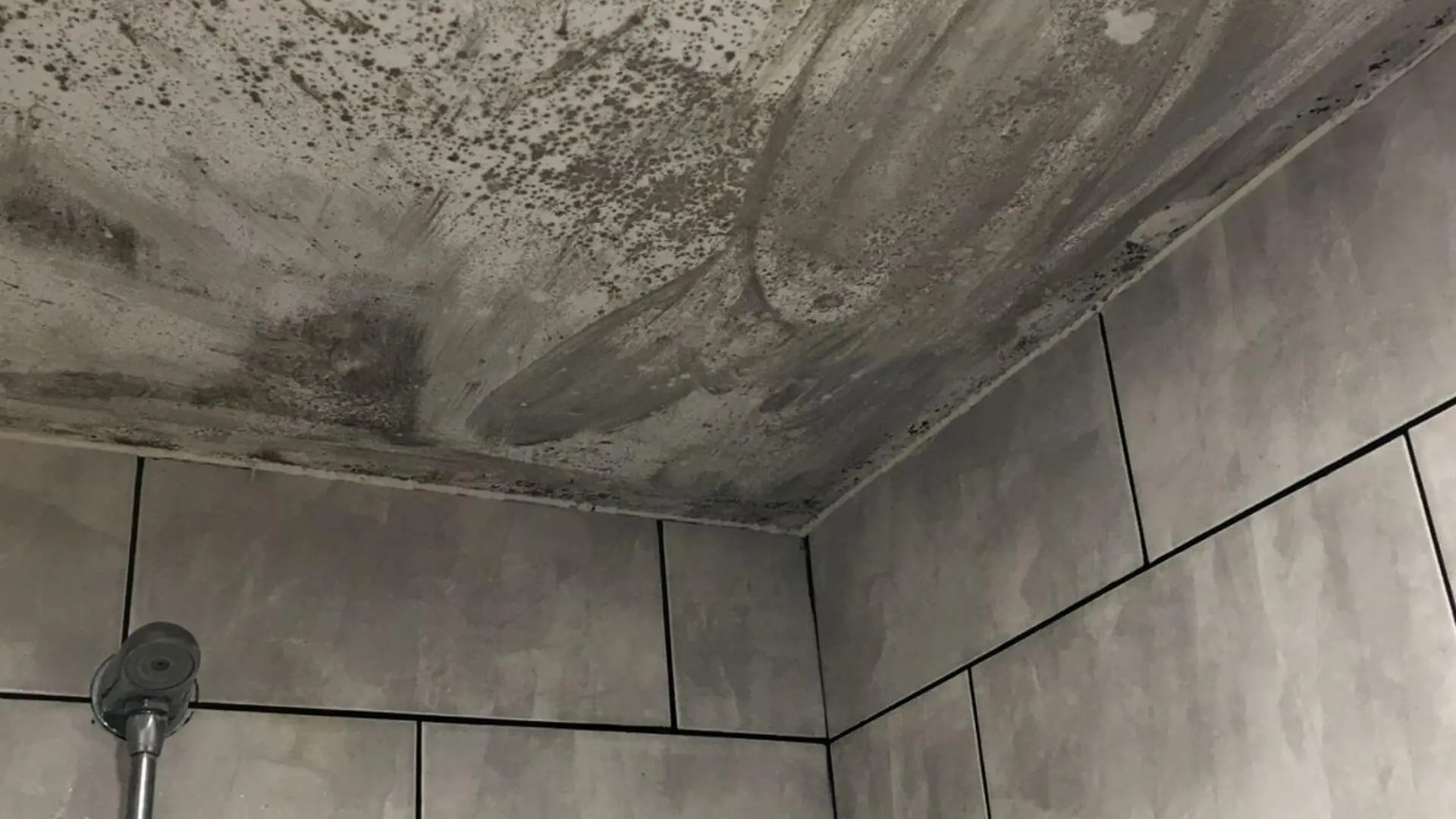
Though grabbing a store-bought mould remover is tempting, using white vinegar, a natural remedy, can effectively keep mould at bay.
Vinegar’s slight acidity makes it effective in tackling mould and mildew removal. It’s gentle enough for all surfaces, including metal and silver, and it’s great for removing stains from clothing, too.
But it is best not to use it with your bare hands. Instead, wear rubber gloves and take an old toothbrush or a cleaning scrub. Pour the vinegar into a spray bottle, spray on the desired area, and let it sit for some time. Then, use the brush to scrub the area well and remove mould growth.
However, if vinegar alone does not work, mix it with dish soap and tea tree oil. Add around 15 drops of oil per half cup of vinegar. Then mix it with water and use a spray bottle to apply this solution to remove mould in the shower area.
Let it sit for 5 to 10 minutes, then scrub the area with hot water to clean it thoroughly. If you notice mould creeping into corners, make sure to treat your shower curtains as well.
Mixing vinegar with baking soda or bicarbonate creates a robust solution that is more effective as a liquid. This solution is perfect for bathroom tiles and decks but can also be used around the house. Mix vinegar with 3 cups of baking soda to make a thick paste. If the solution is too runny, then more baking soda. Use a sprayer to apply it to the needed spots and leave it for some time before scrubbing vigorously. This should remove the mould, leaving clean tiles and a mould-free shower area. Rinse well and let the area dry overnight so that no remaining moisture can promote mould growth.
You can also use hydrogen peroxide, which has anti-mould properties and will help fight fungal problems. When applied to moulds as a removal agent, the peroxide will start forming bubbles, and you can easily wipe the area clean. This solution is stronger than vinegar when used from the get-go.
Get hold of some peroxide and a spray bottle. Then, mix one agent with two parts of water and pour it into the bottle. Spray on the required areas and let it sit for some time. You can use a cleaning sponge to wipe over the place or scrub. Wash the area with plain water after you’re done cleaning.
In this case, we recommend wearing gloves and proper clothing, as this agent can cause discolourations and stains on the fabric. This solution will also remove grout haze on tiles if you have recently replaced them. Your bathroom will be cleaned well; you can repeat this process every few months.
Mould feeds on the organic matter left over from all you do in the bathroom. If peroxide and vinegar do not work well for your bathrooms, you can try Borax. It is a potent agent with unique properties that eliminate mould, mildew growth, and all kinds of dirt and grease from the bathroom.
Mix Borax and water in equal quantities and then pour them into a spray bottle. Spray the solution over the required area and leave it there for some time. You don’t have to wash or scrub the surface, as the solution will act as a “mould shield” for a long time.
Keep this solution handy if your bathroom is highly prone to mould and mildew. Many homeowners often use it as an after-shower spray to clean the tiles and other surfaces, especially around the bathroom corners.
Bleach is a pure disinfectant with powerful antibacterial and antifungal properties. It can be used if vinegar, Borax, and hydrogen peroxide do not work. Its potent active agents should remove and prevent fungal growth.
But before you use it, please ensure that you have proper safety gear on, including gloves, mask, respirator, and safety glasses. Then, mix one part bleach with two parts water and pour the solution into a spray bottle. Spray over the necessary areas and wait for 10-15 minutes. After that, rinse and dry the place well, ensuring the bleach has been completely removed.
For stubborn mould growths, you can try mixing baking soda with bleach. These are two of the most potent household disinfectant agents, and they should be able to remove all fungal growth. Again, don’t forget to wear your safety gear before starting, as the solution will give off strong fumes.
Take 1 cup of bleaching powder and mix with double baking soda. It would help if you had a thick paste, which needs to be applied to the areas with the paintbrush. Then, use plastic wraps to keep the areas covered.
We recommend waiting for a few hours for the paste to dry completely. Then, remove it with a brush or cloth and rinse the area well to eliminate excess bleaching powder.
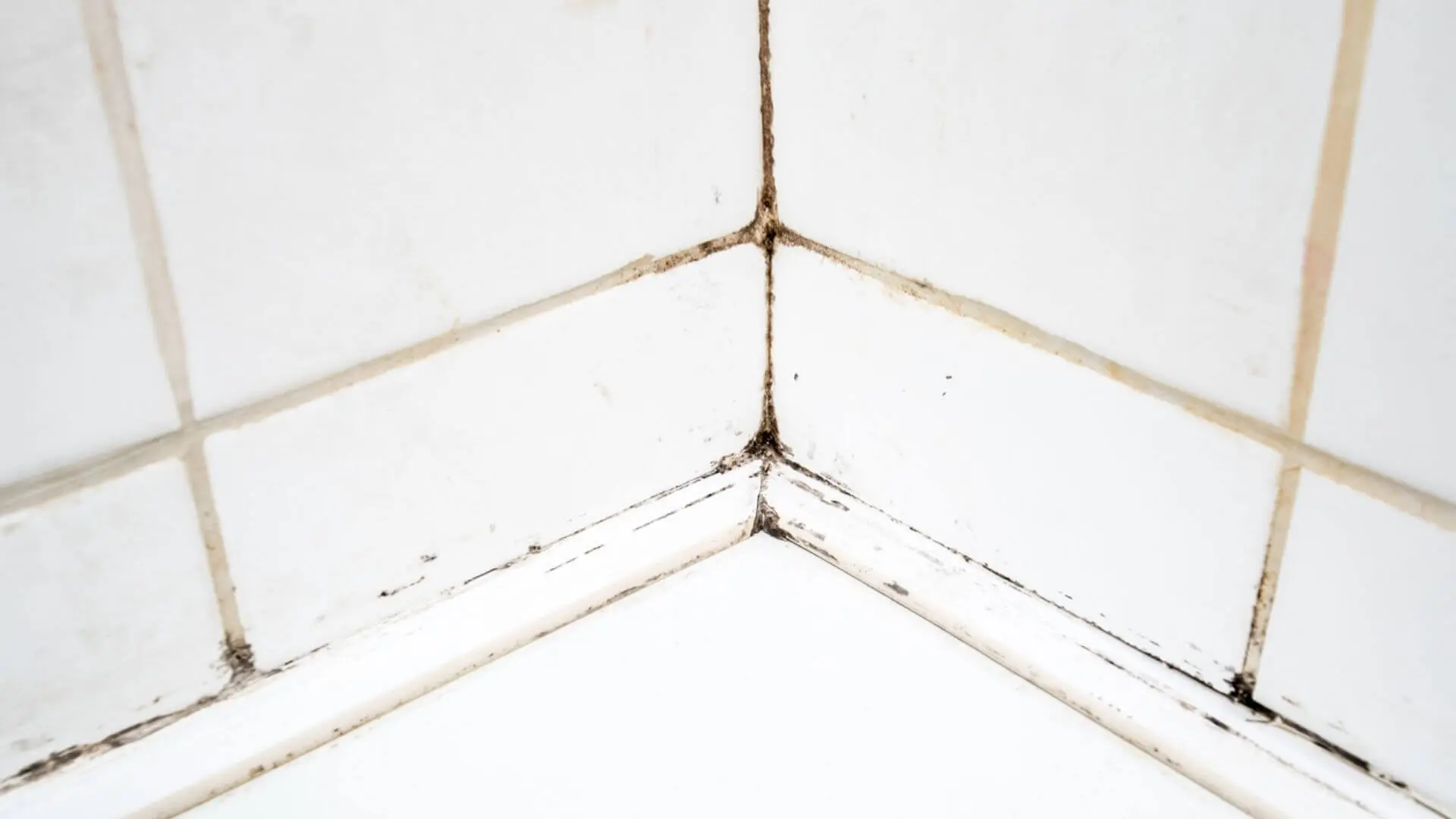
We all love a clean bathroom surface, and you can now achieve that with effective mould removal. Remember that the toilet should have proper ventilation while working, especially near the bathroom window, as solid chemical fumes will be released. Tackling visible mould often requires some elbow grease, but there are many mould removal remedies available to help get rid of mould efficiently.
This is especially required if you are working with bleach. Also, it would help if you covered your nose, mouth, hands and eyes with protective gear. Buy a respirator if needed and take all safety precautions. If you are still struggling to remove the mould, contact a cleaning service or local plumbing company for more solutions. We have reached the end of this guardian. Please share your feedback, suggestions, and experiences in the comments below. UntiTakee!
Has your shower head seen better days? Then you need to follow our guide to learn how to clean your shower head DIY at home with a few simple (an natural) ingredients.
Have you noticed a calcium build-up on your bathroom taps? Here are are methods for cleaning both stains and build-up on your faucets with simple DIY remedies!
Are your stormwater drains troubling you? Keeping them free of debris and rubbish is vital. This guide outlines simple DIY tips for maintaining your stormwater drains.
